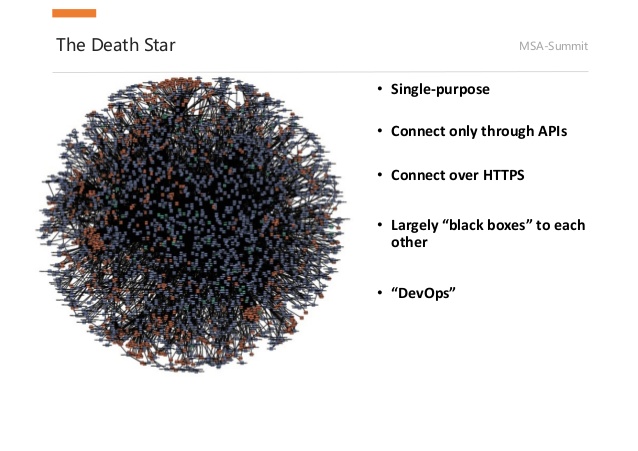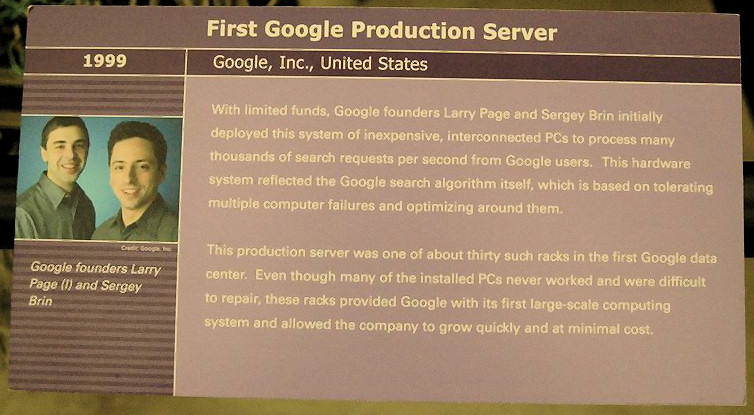It was originally intended to be a straightforward conversation about APIs, but thanks to Ian Murphy of Enterprise Times several Alan Moore characters managed to enter the discussion. Magic is certainly something we can all use in organizing our APIs and automating our processes.
Failing that, it’s important to cut ties with the past and implement best practices for an API first design approach, to ensure the APIs provide the service the consumer needs and wants. Just wrapping existing code with an API is unlikely to cut it, although this is a tempting shortcut. Generally in this area however, you get what you pay for.
It’s also a lot better to take security into account from the start, rather than having to redo things and remediate potential vulnerabilities just as you are about to deploy to production.
And it’s very intersting that we are basing our APIs on REST now – understandable, of course, but interesting that the best practices for HTTP (which embodies RESTful principles) evolved from a completely different stream of technology development than WSDL-based Web services and traditional middleware.
As unexpected as it might seem, if you think about it, Alan Moore’s dr & Quinch characters are a good fit for the kind of chaos monkey style of resiliency testing helpful to improve the stability of APIs.
And – thanks for this one Ian – who initially thought of Mina Murray as the best one to impress upon independent minded developers the need to follow a common purpose, just as she did for the League of Extraordinary Gentlemen. I’m just as sure she would be capable as I am that some API dev teams would benefit from such leadership. This is a constant challenge with dev teams, of course. Just not sure everyone really needs a vampire to lend a hand.
Anyway , it was great fun to approach the topic this way, and I hope Ian won’t mind if I mention that he told me he has actually seen one of Alan’s spoken word performances. I’m sure that was really cool, and potentially disturbing.
Now, I only wish old Moore titles would increase in value the way DC and Marvel title recently have, since he is by far the best writer in the field today. Maybe this has something to do with movies…



